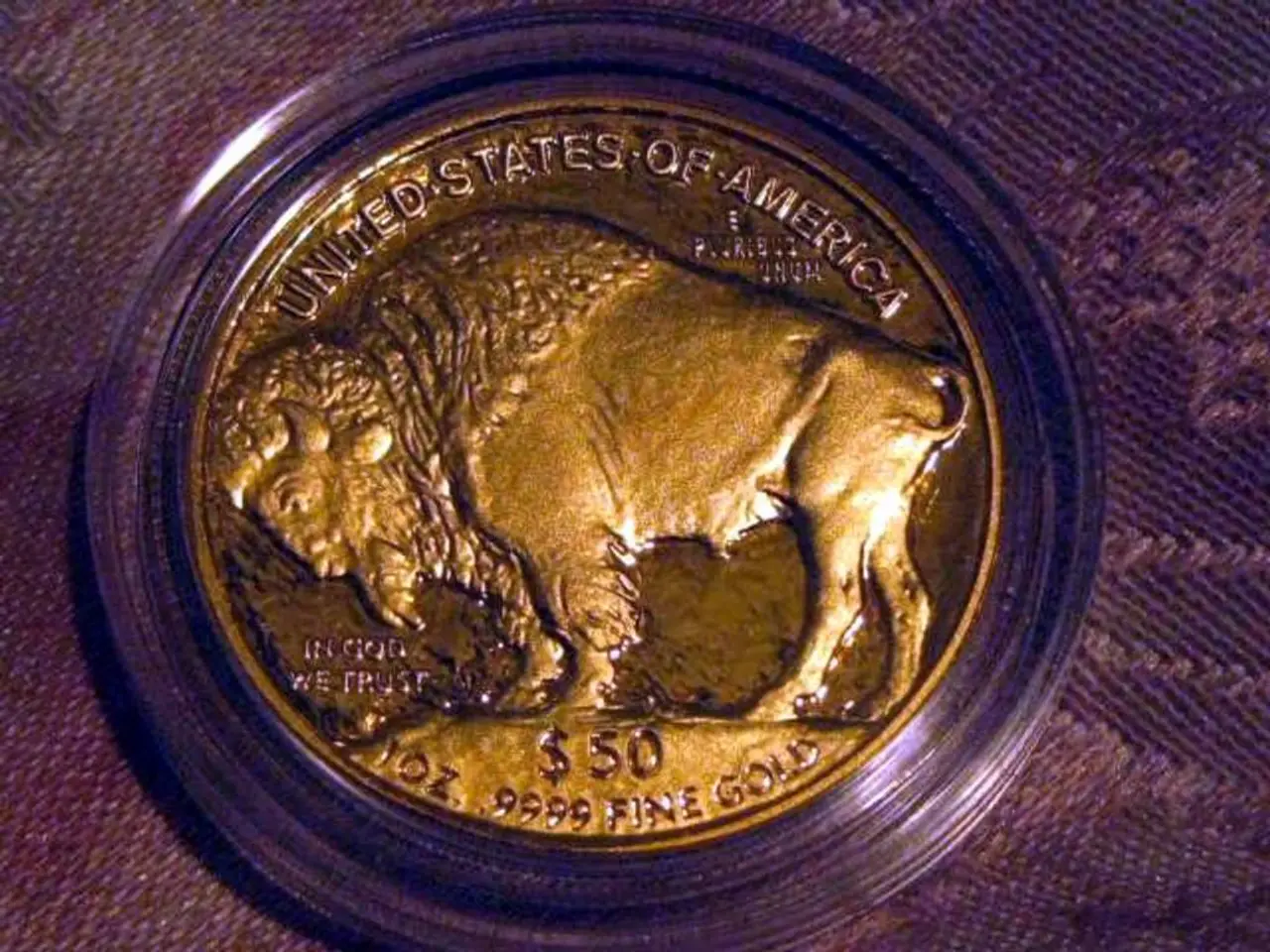Consumer Preference Theory: Reasons and Principles
Consumer choice behavior is a fundamental aspect of economics, shedding light on how individuals decide which products to buy or consume. One of the most widely used theories to explain consumer choice is the Consumer Choice Theory.
This theory links consumer demand with preferences, assuming consumers fully understand their choices. Under the theory, consumers make decisions based on their preferences for different consumption bundles. For instance, when presented with two baskets of goods like apples and oranges, assuming equal price and total amount, consumers choose based on their content preferences.
However, the Consumer Choice Theory has its limitations. It does not account for the potential impact of non-monetary factors such as branding or social status, habit or emotional attachment, time constraints or convenience, and existing inventory on consumer choices.
Another crucial aspect of consumer choice is the consumer's equilibrium. This point is reached when a consumer chooses a bundle that provides maximum satisfaction, given their budget. Optimum consumer choice occurs at the point of intersection between the indifference curve and the budget constraint line.
The concepts of income and substitution effects seek to explain how changes in price affect our choices and consumption. The income effect arises because a change in a product's price affects the consumer's real income or purchasing power. When the price of a good falls, the consumer can afford to buy more goods overall, potentially increasing consumption of this good and others. Conversely, when the price rises, real income decreases, potentially reducing consumption.
The substitution effect occurs when a change in the price of a good causes consumers to replace that good with a relatively cheaper alternative, holding utility (satisfaction) constant. If the price of a product rises, consumers tend to buy less of it and more of a substitute good; if the price falls, they buy more of it and less of alternatives.
Together, these effects explain why quantity demanded changes when prices change: the price effect is the sum of the substitution and income effects. These effects differ by context. The substitution effect requires the presence of substitute goods, as consumers shift consumption towards relatively cheaper options. The income effect is stronger for normal goods, as consumers buy more when purchasing power increases, and weaker or reversed for inferior goods.
All choices involve opportunity costs, meaning that choosing one thing means giving up the next best alternative. Transitive preferences allow the conclusion of more than two choices, where a consumer's preference for bundle A over bundle B, and bundle B over bundle C, means they will choose bundle A over bundle C.
In conclusion, while the Consumer Choice Theory provides a solid foundation for understanding consumer behavior, it is essential to consider its limitations and the influence of various factors such as income and substitution effects, non-monetary factors, and external constraints on consumer choices.
[1] Samuelson, P. A. (1947). A note on the pareto optimum regulative. The Review of Economics and Statistics, 29(2), 88-91. [2] Debreu, G. (1954). Theory of value: An axiomatic analysis of economic equilibrium. Wiley. [3] Varian, H. R. (1992). Microeconomic analysis. W. W. Norton & Company. [4] Mas-Colell, A., Whinston, M. C., & Green, J. (1995). Microeconomic theory. Oxford University Press. [5] Slutsky, E. L. (1915). On the theory of consumer's behaviour. Journal of Political Economy, 23(5), 709-743.
[1] In the realm of investment and finance, it's crucial to consider the implications of consumer choice theory, as it links consumer demand with preferences and influences purchasing decisions.
[2] To maximize business profit, understanding the impact of non-monetary factors such as branding or social status, habit or emotional attachment, time constraints or convenience, and existing inventory on consumer choices can prove invaluable.




